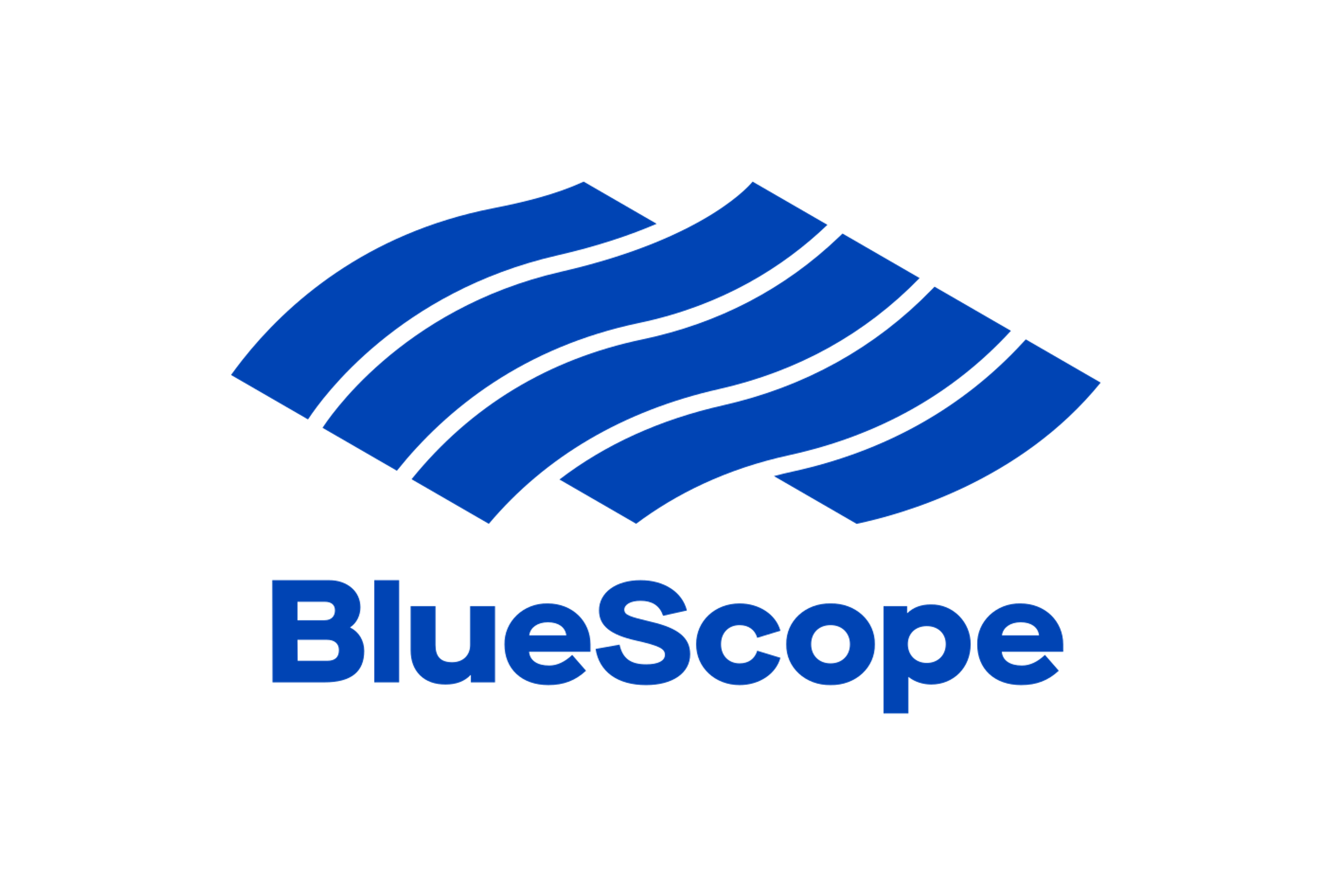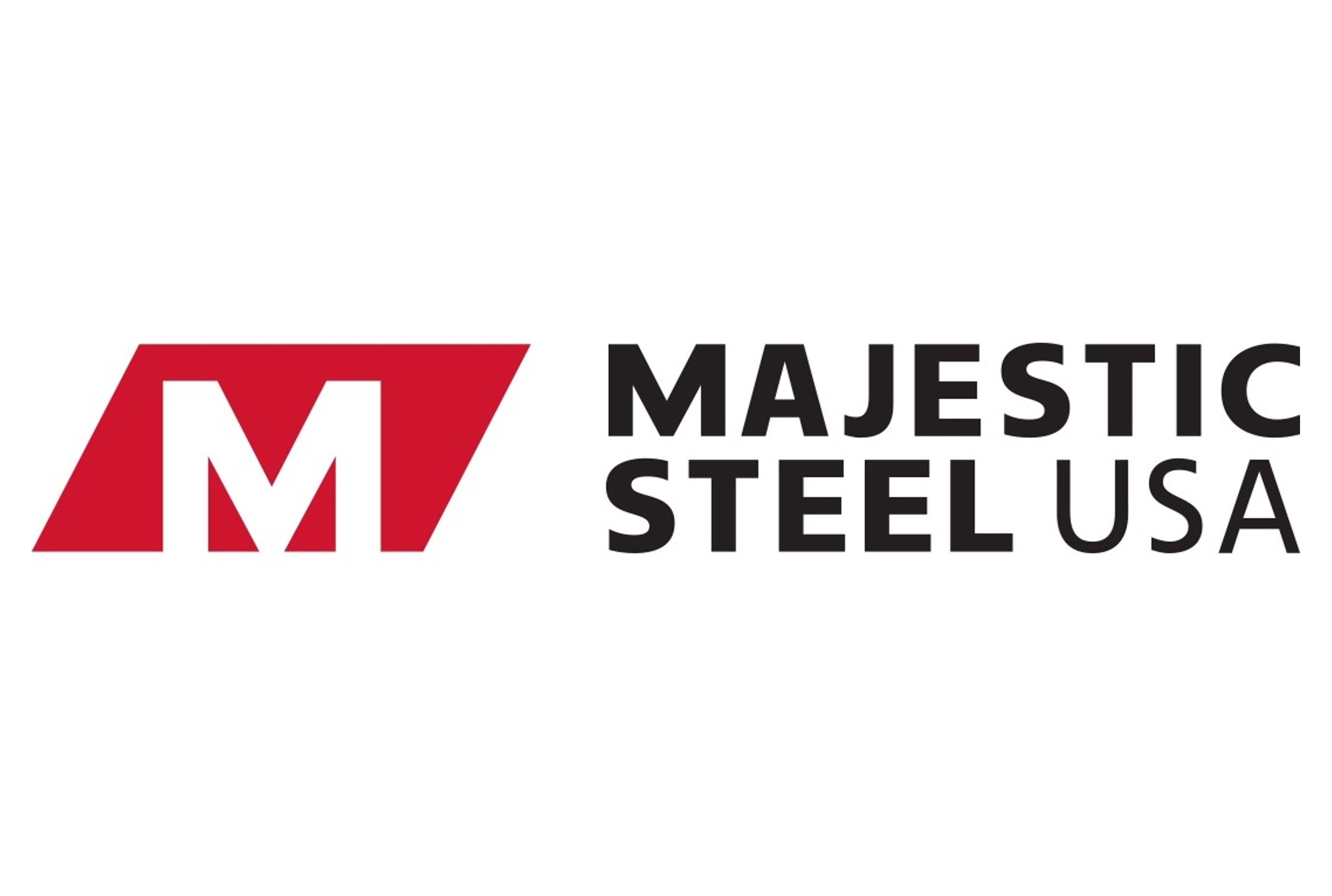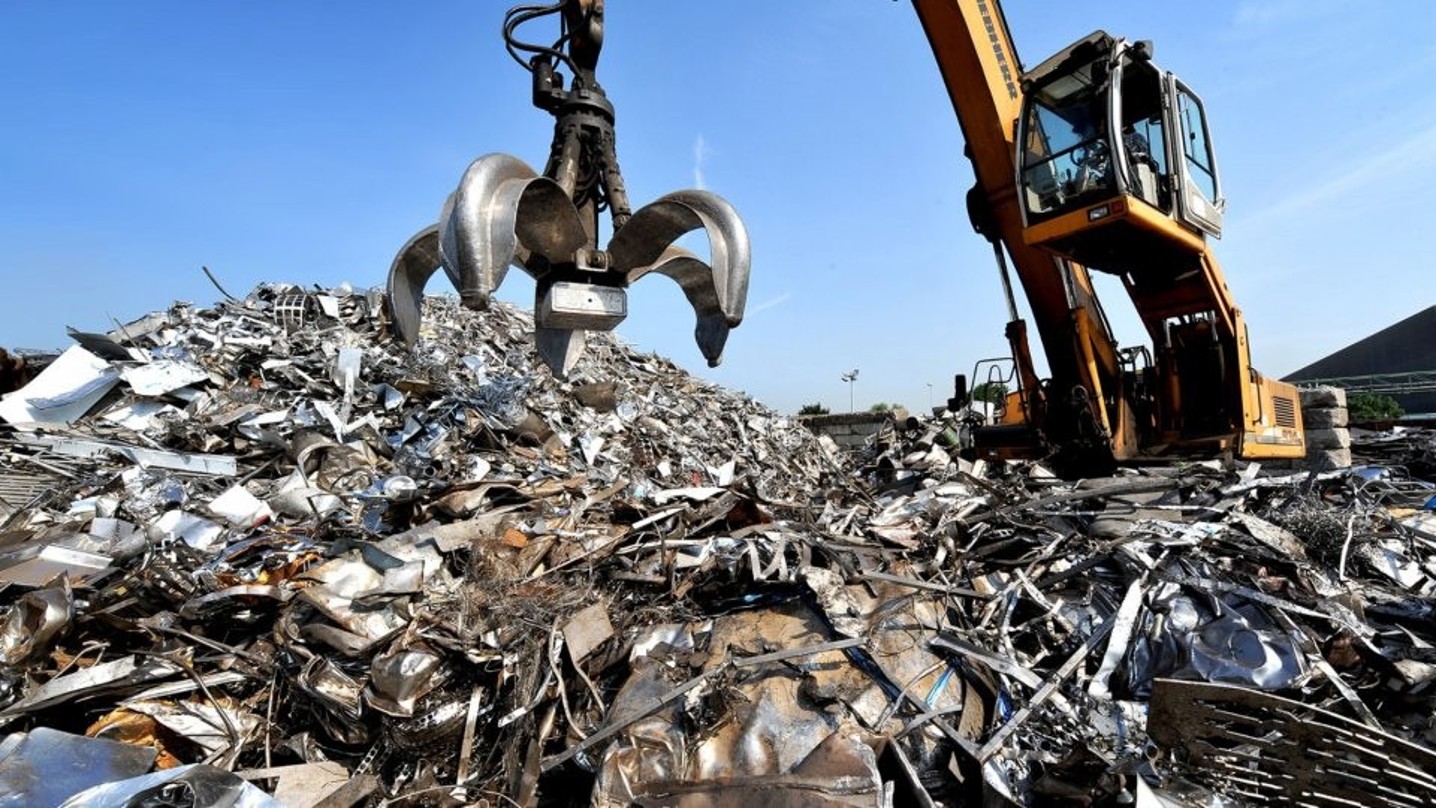Analysis

July 3, 2025
Final Thoughts
Written by Michael Cowden
I’m not sure how many different ways I can write that it’s been a quiet market ahead of Independence Day.
There are variations on that theme. I’ve heard everything from the ominous “eerily quiet” to “getting better” and even the occasional “blissfully unaware” (because I’m enjoying my vacation).
If you want to get a more detailed idea of what buyers are thinking, check out our latest edition of “Market Chatter.” You’ll see the word “uncertainty” a lot, and more than a little concern about demand. More on that in a moment.
I think this much is fair to say. We saw more activity in June after President Trump announced in late May that Section 232 tariffs on imported steel would double to 50%.
The logic was pretty simple: People knew higher tariffs today would lead to higher prices tomorrow – and so they went out and bought. Was there a frenzy of activity like we saw when Trump made a similar announcement about tariffs in February? No. But there was an uptick.
Get ready for a quiet spot market in July
Let’s say you have a monthly contract based on a discount to spot prices for the prior month. And let’s say your contract discount is 6-8%. SMU’s hot-rolled coil price for May averaged $851 per short ton (st) in May. That would put June contract prices at $780-$800/st.
And, sure enough, spot prices did go up in June on higher tariffs. So let’s make the same assumption for July contracts. SMU’s spot HR price averaged $875/st in June. (Editor’s note: You can go to our Interactive pricing tool and select monthly averages to find that price.) That would put contract prices at $805-825/st for July. That’s up, but it’s still well below the spot HR prices published by Nucor ($910/st) and Cleveland-Cliffs ($950/st).
Let’s assume, using some rough numbers, that your company typically buys 50% spot and 50% contract. Let’s also assume that you’re unsure of demand and doubly cautious because you’re unsure about tariffs too. Why wouldn’t you put as many tons as possible under contract and buy only what you absolutely need to on a spot basis?
I guess what I’m saying is that it could be a very quiet July as far as spot activity goes. Which shouldn’t be a surprise. Steel production is up vs. a year ago, according to the American Iron and Steel Institute data (AISI). And consumption is down if for no other reason than OEM summer outages.
Last year, we saw spot HR prices slide from $670/st on average at the start of July to $640/st on average by the end of the month. (And big buyers were at $600/st or lower.) If you’re a mill, the good news is that tariffs and duties (on coated products in particular) have put a much higher floor under prices.
What comes next?
The big question is, when does activity improve? I think we could see the typical seasonal dance. OEMs will start to come out of their summer shutdowns in August, which should help to stabilize prices. And then mills will start taking their fall outages, just as OEMs are fully ramped up again – which should give mills a stronger hand to increase prices in the fall. (Why mills and OEMs don’t align production schedules is a question for another day.)
Based on that alone, I can see the logic from those of you who are bullish about the second half. There are other reasons to be bullish about the back half of the year. I’ve heard from some of you that inventories are moving lower.
We’ll release June service center inventory data to our premium subscribers on July 15. I’m not going to guess what that data will show. (That data is a good reason to upgrade from executive to premium. Contact SMU account executive Luis Corona at luis.corona@crugroup.com to learn more.) But it’s true that inventories have come down sharply since the start of the year. It’s also true that buyers continue to be cautious about building stocks.
I’ve also heard from some mills that you’re discounting less – even if it’s on fewer tons – because you have less competition from imports and because domestic buyers have shifted purchases to US mills.
Import license data was not complete for the June when I wrote this article. That said, through June 23, the US Commerce Department had recorded licenses to import about 518k st (470k metric tons) of steel to the US. That’s about 23k st per day. If that rate continued, imports would be approximately 679k st in June. That would mark the lowest point for flat-rolled steel imports since ~600k st (545k mt) in January 2021 – when the market was still getting on its feet after the worst days of the pandemic.
That trend might help explain not only why producers feel less need to discount but also why high steel production levels during the summer doldrums haven’t led to lower prices.
Truth be told
Speaking of imports, I’ve been asked by some of you what President Trump’s announcement about 20% tariffs on Vietnam means for the steel. As most of you know, Trump himself broke the news on Wednesday in a post on Truth Social.
On the one hand, a 20% tariff represents a doubling of the 10% tariff Vietnam had previously been subject too. On the other hand, steel is subject to a 50% tariff. So did Vietnamese steel – which has been among the lowest-priced import material in the US market – just get a tariff reduction?
When I was writing this column, the question was whether the phrase “any and all goods” in Trump’s “truth” might refer to steel. As best as I can tell, the answer is, no, Vietnam’s steel tariff has not been reduced.
Here is why, according to folks in the industry I’ve talked to. The 20% is in reference to Vietnam’s tariff under the International Emergency Economic Powers Act (IEEPA), which is separate from Section 232 tariffs. And the Section 232 tariff for Vietnamese steel (like that for almost all other countries) remains at 50%.
But I don’t know that anyone is going to outright say that until an executive order or proclamation saying as much has been posted on the White House website. Because with Trump, you never know for sure until you see it in writing – and even then, there might be some lingering questions.
It’s exciting/funny/sad (probably depending on your politics or lack thereof) that we’re approaching ALL CAP Trump “truths” like religious text – seeking the higher meaning. Maybe we’ll get some clarity later today or over the long weekend. For now, I’m planning to enjoy the fireworks on Friday and time with friends and family.
SMU’s offices will be closed on July 4 and over the weekend. We’ll be back at it again on Monday.
SMU Steel Summit
The agenda for this year’s SMU Steel Summit is nearly complete. If we have any last-minute additions, you’ll see them first here. So stay tuned!
Also, we’ll be hosting an SMU Community Chat next week with CRU analysts Thais Terzian and Frank Nikolic. They’ll discuss the outlook for metallics, semi-finished products, and zinc. You can find out more and register here.
Fun fact: Thais and Frank will also be speaking at Steel Summit. So think of the Chat as a good way to start a conversation that we’ll continue in person at the Georgia International Convention Center (GICC) in Atlanta on Mon-Weds, Aug. 25-27.
Nearly 950 people have already registered to attend from dozens of companies. If you’re not already on the list of companies attending, we hope to see you there soon.
In the meantime, happy Independence Day to everyone in the US. And a belated happy Canada Day to our friends in Canada.







